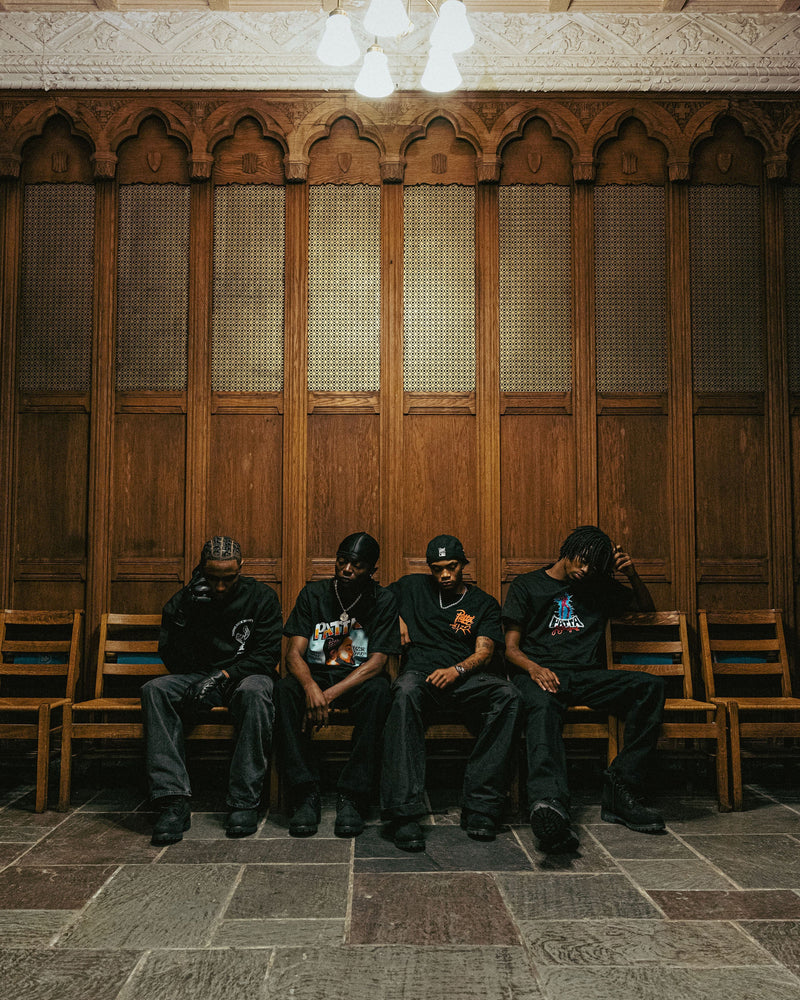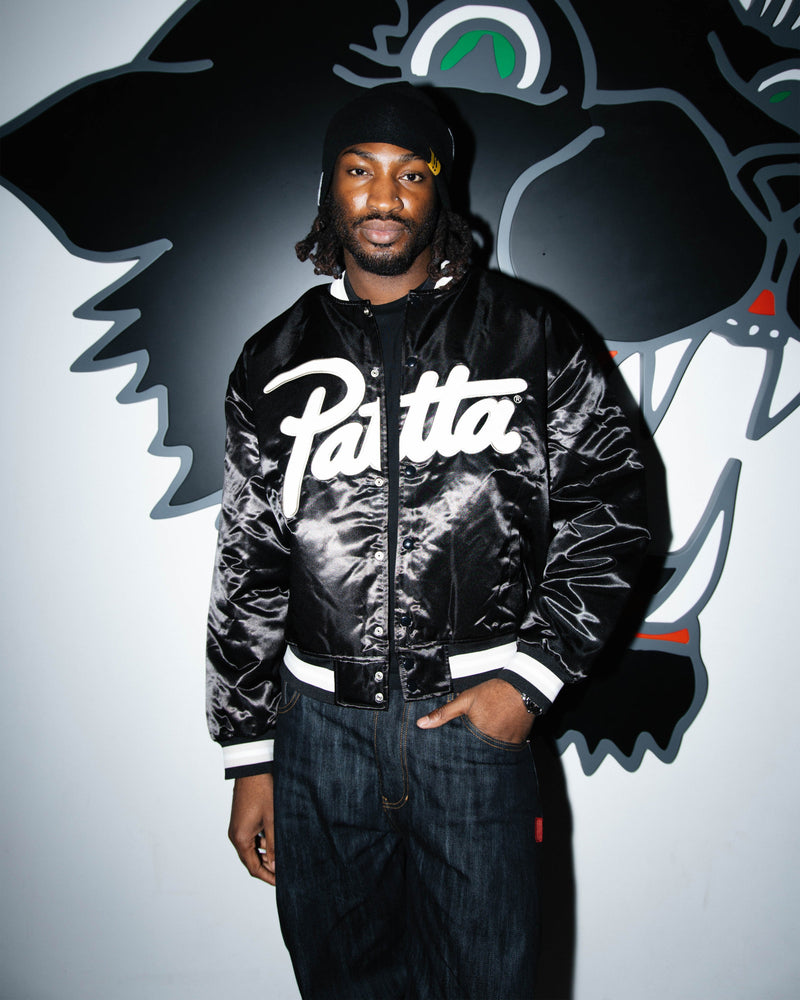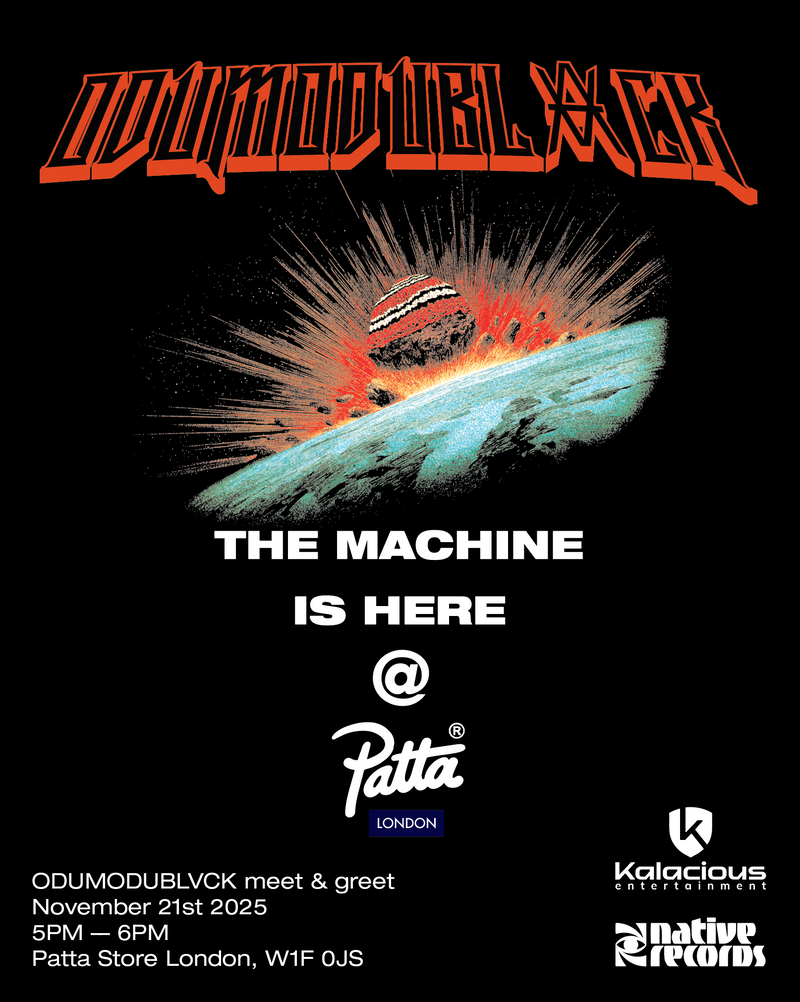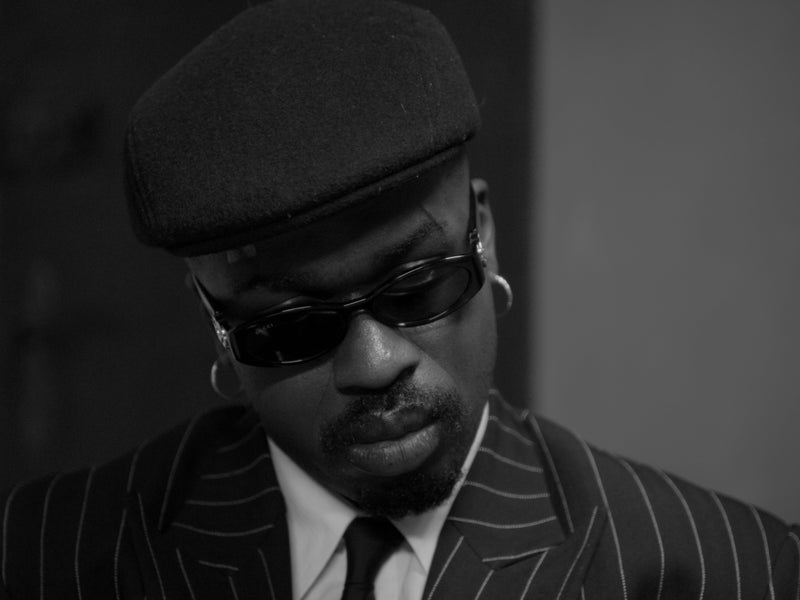
Tale from the Echobox 017
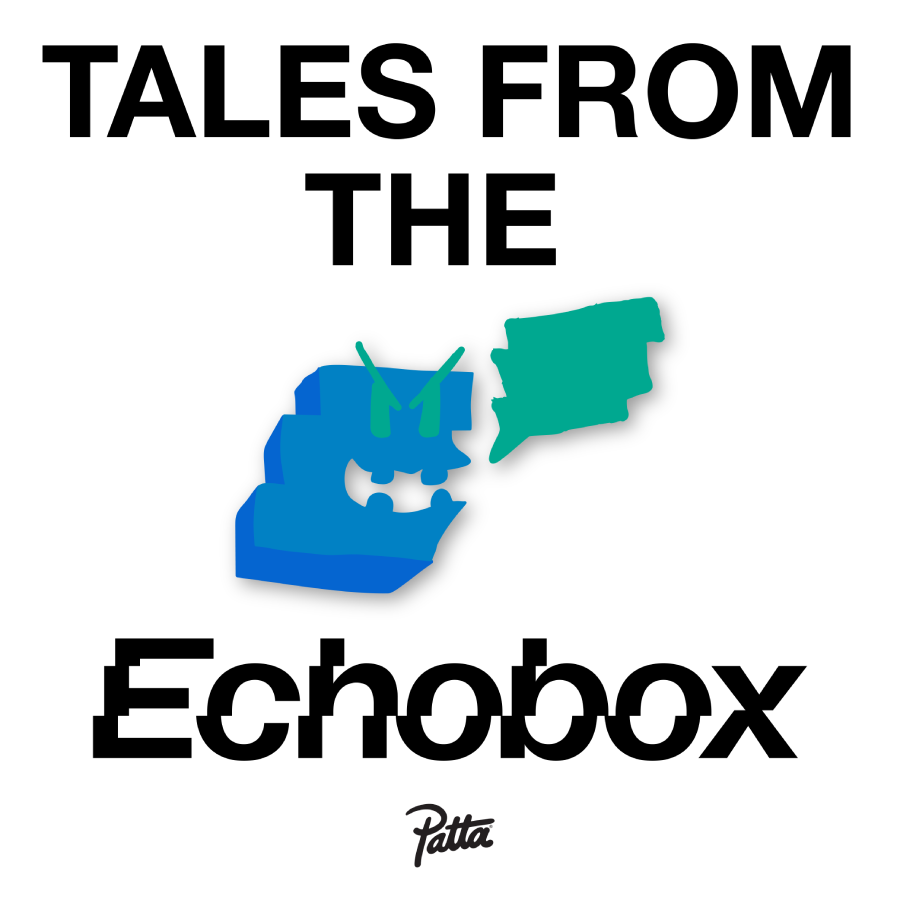
Interview by Joe Leonard-Walters | Edited by Passion Dzenga
Launching in 2021, Echobox has been forging a path for community radio by showcasing the diverse characters and concepts that surround them. In this feature, we will be looking into a few of the broadcasts that you can tune into so get locked in and don’t touch that dial.
Feel all the feelings: in Hysteria, angelboy plays music that evokes a different emotion every month. You can catch up with this show now on Echobox Radio.

Your show plays on emotions and the way we experience them from music - why was important that your show is so personal?
I’ve always been someone who feels things deeply (for my astrology girlies: Pisces and water signs DOWN). Emotions are at the core of everything I do, but for a long time, I felt like they were something to tone down. This show became my way of doing the opposite — of cherishing and exploring feelings through music.
Besides that, I don’t like to be bound by genres. It makes no sense for me to structure music based on what elements a song has, but rather what it does to you while listening to it. With Hysteria, I wanted to create something that people could use to either shift their mood or fully lean into their emotions. Whether it’s to go from feeling annoyed to finding joy or to dive into grief, embrace it, and hopefully find relief afterward.
What's the most hysterical track on your USB?
‘Meaning what exactly’ by Coil: a captivating, eerie, and melancholic track that lends itself for many emotional interpretations – as the title implies. I think that is the beauty of music: it can evoke different feelings in everyone, based on taste or experiences. Hysteria thrives on this idea, with guest shows often flipping my own perspective. A song I might find sad could feel euphoric to someone else. With Hysteria you start to hear music not just through your own lens, but through someone else’s emotional state, and it shifts the way you experience it.

Is there as much emotion in your DJ sets and productions as your radio shows?
Definitely, but in a different way. While Hysteria is about one emotional theme, in my DJ sets I want to guide people through multiple emotions. I often start with tracks that spark curiosity, then slip into more repetitive rhythms that feel meditative, and then it’s about balancing feelings of ecstasy with rougher feelings like frustration or anger. By the end, I aim for a sense of release, leaving you somewhere different from where we started.
As well as an Echobox resident, you’re a published author. How does your show relate to your writing?
Music and writing are two sides of the same coin for me — they both evoke emotions in unique ways. I always feature poetry in my shows because, like music, it distills feelings into their purest form. A few words can spark something profound, just like a melody or sound. What I love most is how both leave space for interpretation, encouraging listeners or readers to bring their own experiences into the mix. Hysteria is about blending these forms, offering both sound and text as a way to make emotions resonate.
Screamo Listening Sessions is a monthly radio show with Marvin Schippmann and more: amplifying emotional & daring music with a lot of screaming. You can catch up with this show now on Echobox Radio.

Turns out it isn't just a phase - how did your love affair with screamo start?
In the mid-2000’s, when I was between 15 and 16 years old and myspace was still around - I began my journey into the realm of heavier music, and started listening to more punk, hardcore, (mainstream) emo (think of My Chemical Romance) as well as also a lot of metalcore which was all extremely popular at the time.
At the time, I had a full-on “scene” phase with black dyed hair, eyeliner and skinny jeans - and most heavy music was introduced to me through friends from school or concerts, bands linking other bands on their myspace page, printed magazines - and of course live shows and festivals’ line-ups. Most festivals were either too expensive for me to visit or far away such as in the US (thinking of Vans Warped Tour, etc.), but I still used the line-ups on festival posters as reference for bands to check out.
Ultimately, I still ended up listening to a lot of the heavy music for the mainstream throughout my teenage years and only very little of the music and the shows I experienced in Germany (mainly in Hamburg) during my teenage years, retained much the DIY ethos, honesty, depth and radical form of emotional expression, which were and are essential to screamo and the DIY community.
Although there are numerous and important DIY spaces in Hamburg, it took me a while to get to know about them and even longer to get familiar with people involved.

It was actually years later, after I moved to Amsterdam, started studying and eventually began an internship at Patta - that my love for heavy music and in particular screamo would be reignited.
I properly fell in love with screamo rather late, in my mid-20’s - when I started to explore more of the genuine roots of the mainstream music I was fed /consumed during my teenage years. For the past 7 years, screamo has been with me every day - and thanks to Echobox I have been able to proclaim my love and admiration for this genre, heavy music as well as DIY culture in public with Screamo Listening Sessions every four weeks, for the past three years.
Do you find catharsis in the intense music, or is the rest of your life just as intense?
Yes - there is definitely something cathartic about intense music, whether it is screamo, metal, dub or techno.
I have been working at Patta for the past 9 years and it is never boring - and especially in busier periods and even stressful moments, music has always functioned as ventile.
In particular, feeling overwhelmed and being able to let go of this feeling until feeling at ease with everything (even despite everything) - are two recurring states I find myself in when experiencing intense music, especially at live events. In the process of letting go and accepting being utterly overwhelmed, I often find myself most at ease and in sync with the music around me.
I am actually rather an introvert person and often admire others for their ability to express themselves and convey meaningful thoughts and/or emotions in form of words & essentially sounds. However, moving along with music or dancing to music is a way I feel like I can express myself and give appreciation to music & musicians - so music becomes an important catalyst for expressing my own emotions and thoughts even if it is only through movements.

Especially screamo (done well) is able to convey emotions, thoughts and/or opinions that one can empathise and identify with whether or not I actually understand all of the lyrics right away. I am not saying that the lyrical content is irrelevant, quite the opposite is the case (once again if done well - IMO).
In this dynamic there is a strong element of identifying with each other on a human level - and confronting each other with the emotions, opinions and/or worries (even trauma - yet also joy & love) we might share - through music even though (or maybe because) most vocals are screamed.
Do you have a favourite memory from hosting your show?
Sorry, I have a bunch…
Such as having all three members of the band, Apousia - for a live broadcast on the show - is a very special memory. Two band members, Luna and Farah - were able to join in person in the studio and drummer Assia - was calling in remotely.
Meeting & interviewing Pierce, GG, TJ and Leon from Soul Glo together with Passion is also high up there.
The guest feature with Vincent Shore from Second Guessing, Karnabahar, GGGOLDDD which was the first guest feature with an in-studio guest during live broadcast.
If you could pick one track to get someone into screamo, what would it be?
“Tigersuit” by Raein
Any plans to take the listening sessions offline and in-person? What does the future hold?
Earlier this year, friends, Danny and Joran - from the band Dooie Mus and Dooie Mug Booking and I booked a show with Vibora, Oscuro Culto and Apousia at the OCCII - which was a very special experience with three incredible bands.
I would love to keep booking more shows and help to get more bands to come play in Amsterdam and NL - and I am looking forward to getting more involved in this soon.

I am also volunteering at the OCCII in Amsterdam - and am planning a recurring series of Screamo Listening Sessions with take-over episodes by people who are also involved and affiliated with the OCCII and the local DIY community.
These take-over episodes might not feature any screamo - and can have any musical direction or radio show concept, depending on who is sitting in or taking over.
This way I hope that Screamo Listening Sessions can also be a platform for the local DIY community, since screamo as a genre is rooted in DIY culture and depending on its existence.
The first edition of the OCCII take-overs will be broadcasted live on the 28th November - and I am excited to welcome Apostolis from World’s Appreciated Kitsch at the Echobox studio for this.
